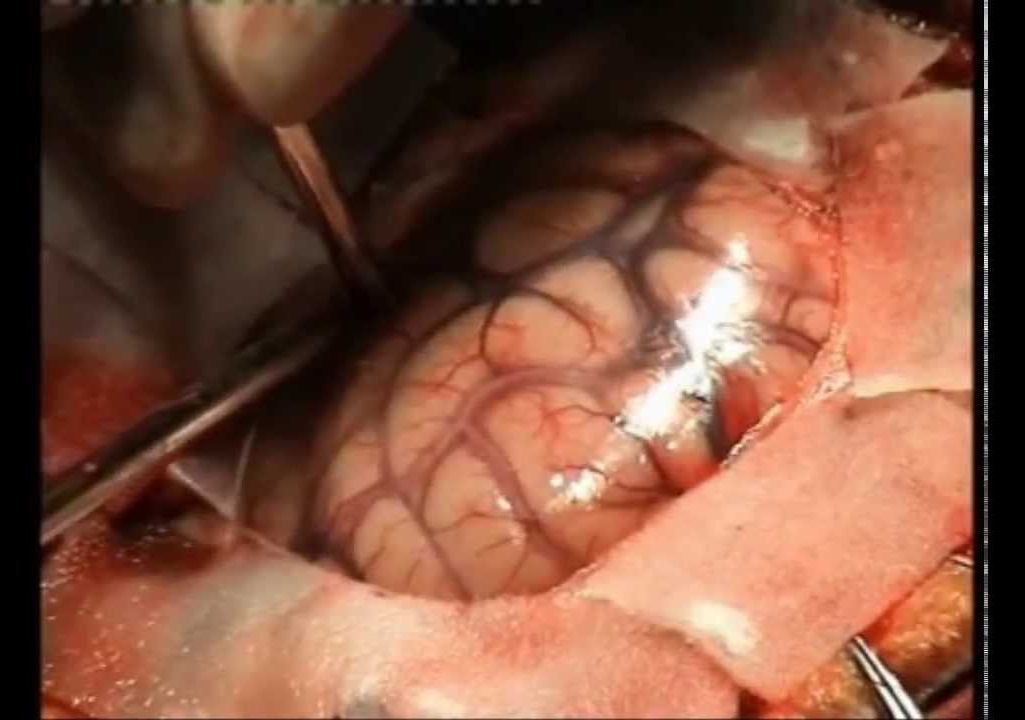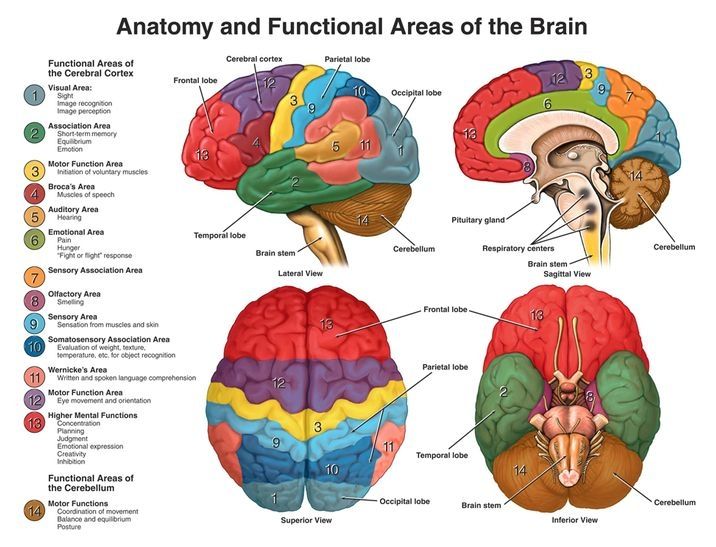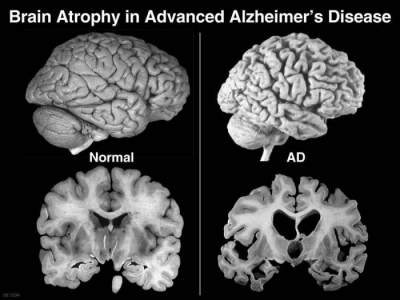- Researchers are using advancing technology to expand and augment our traditional senses, tapping into how our brains process signals and manipulating that sensory feedback.
- This research is transforming lives, giving the blind ways to “see” and the deaf ways to “hear,” and it could one day lead to the development of new senses altogether.
Traditionally, humans have five recognized senses: sight, touch, taste, smell, and sound. In the strictest sense, our reality is defined by anything and everything we experience through those five senses, but today’s technology is allowing us to live in a world beyond them.
The idea that humans may have more senses isn’t as far-fetched as it sounds. For example, our sense of balance and our body’s inherent pain monitoring capabilities would both be considered crucial sensory inputs. Not everyone experiences the traditional five senses in the same way, either. A small fraction of the population (around 4.4 percent) has synesthesia, a form of sensory perception that causes them to experience crosswired sensations such as “seeing” sounds or “feeling” tastes.









